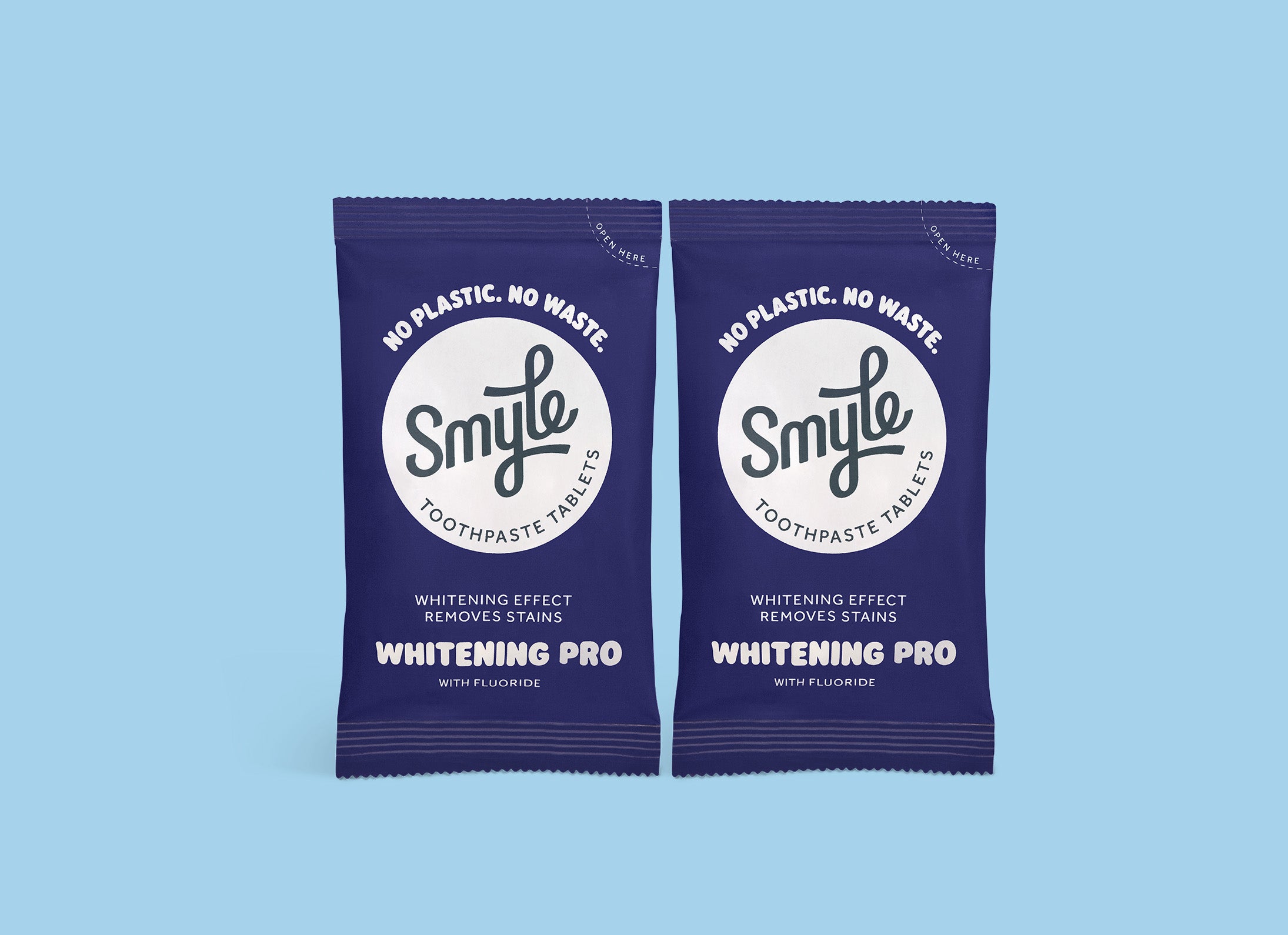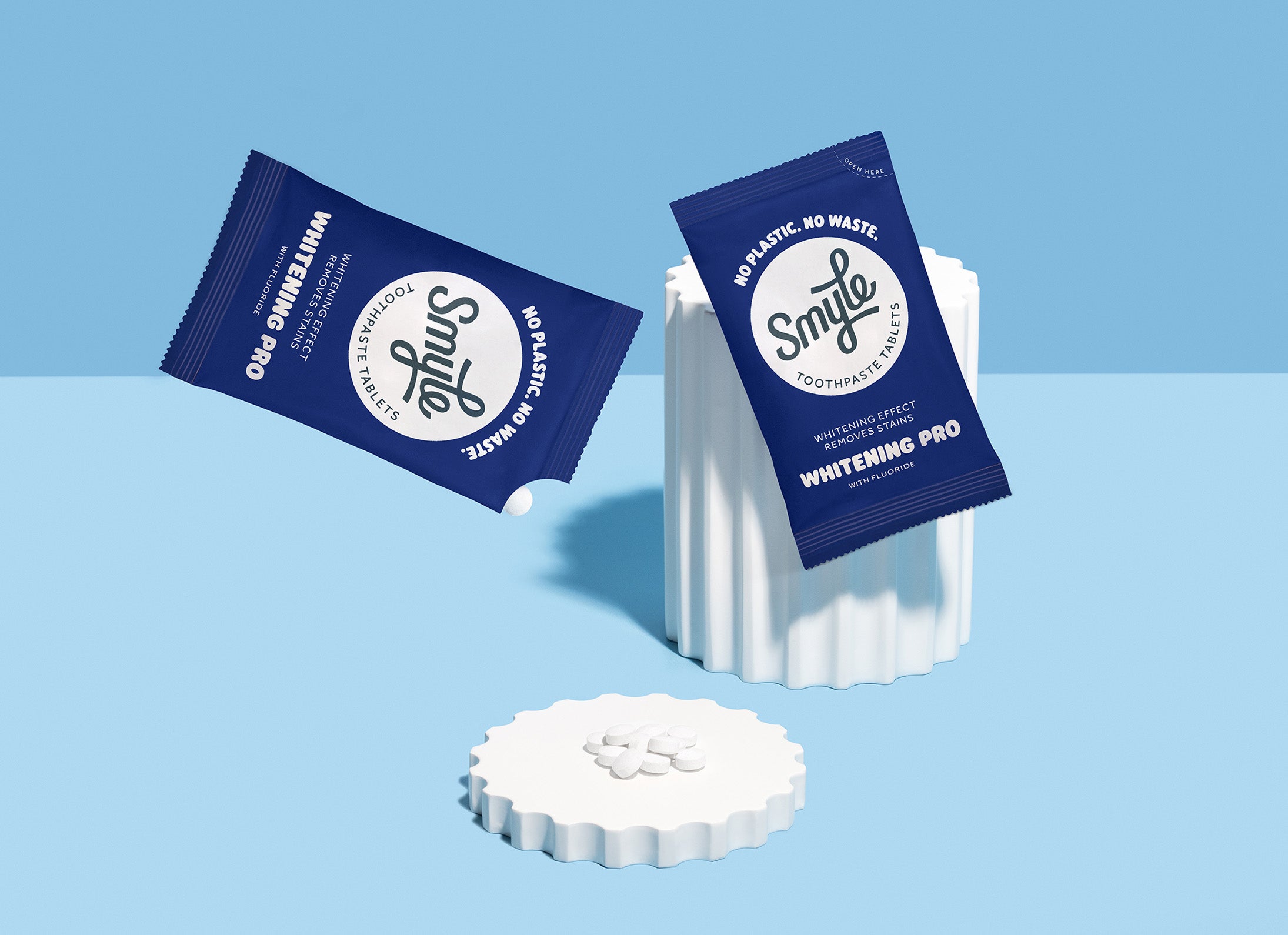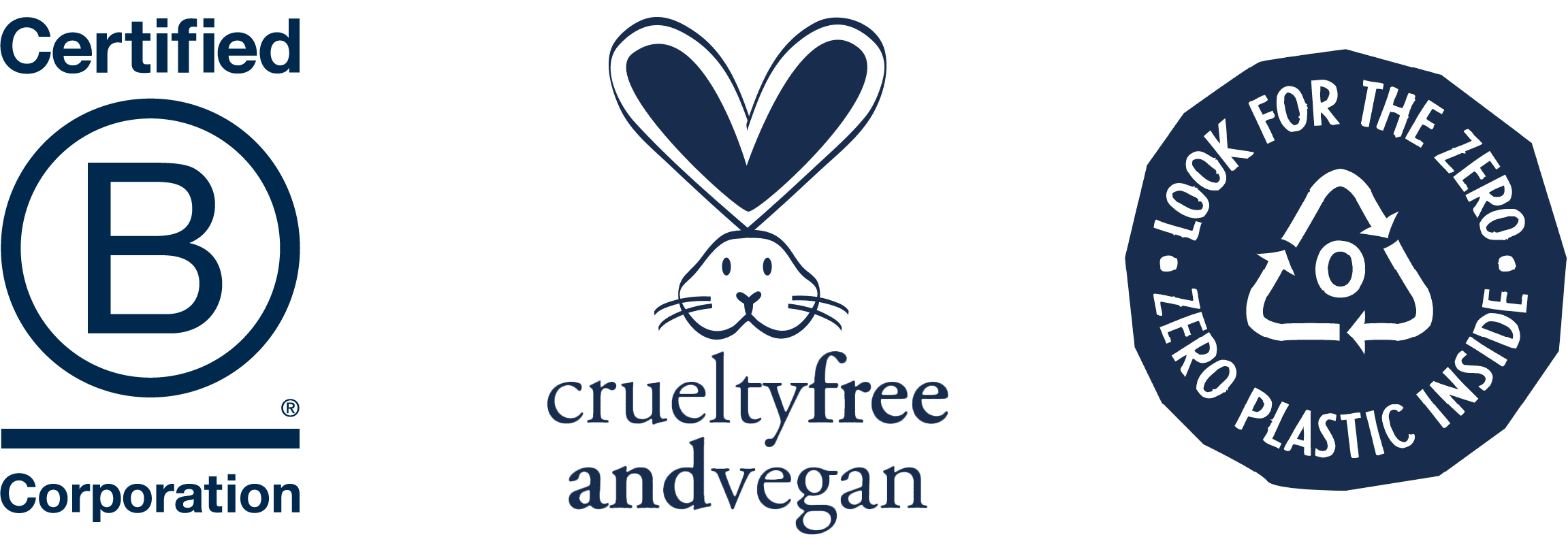
The human dentition is a complex and fascinating system, a vital tool that helps us with essential daily tasks such as eating, speaking, and even expressing emotions. One of the most frequently asked questions about teeth is undoubtedly: "How many teeth does a human have?" In this article, we will answer this question in detail, providing insights into both the primary (baby) teeth and the adult teeth.
The Primary Dentition: The First Step
The development of primary teeth
The first set of teeth we get as humans are our baby teeth, also known as the primary dentition. This process usually begins around the age of six months, when the first teeth begin to emerge through the gums. By the time a child is about three years old, they will typically have a full set of 20 baby teeth.
The function and lifespan of the primary teeth
The primary dentition is crucial for a child's growth and development. It not only allows children to eat solid food but also helps with learning clear speech. Additionally, these temporary teeth hold space for the permanent teeth that will come later. Usually, the process of transitioning from the primary dentition to the permanent teeth begins around the age of six.
The Permanent Dentition: The Final Stage
The transition to the permanent dentition
By the end of childhood, usually around the age of 12, most children should have their full set of permanent teeth, excluding the wisdom teeth. This means they will have 28 permanent teeth: eight incisors, four canines, and sixteen molars (eight premolars and eight molars).
The addition of wisdom teeth
In late adolescence or early adulthood, typically between the ages of 17 and 21, the last four teeth, known as wisdom teeth or third molars, emerge. However, these teeth are notorious for causing problems and are often removed by dentists and oral surgeons.
How Many Teeth Does a Human Have? The Total Number
The total number of teeth in the human dentition
So, how many teeth does a human have? The answer depends on the life stage. Children with a full set of baby teeth have 20 teeth. Adults with a complete permanent dentition (including wisdom teeth) typically have 32 teeth.
Variations in the number of teeth
It is important to note that these numbers are not absolute. Some people may not develop all 32 permanent teeth. Others may have more than this number due to a condition known as hyperdontia, in which extra teeth develop. On the other hand, some people may have fewer than the typical number of teeth due to a condition known as hypodontia.
Functions and Types of Teeth in the Human Dentition
Incisors
Incisors are the sharp, thin teeth at the front of your mouth. Their primary function is to cut or bite food. In a full permanent dentition, people have eight incisors - four on the top and four on the bottom.
Canines
Canines, also known as "cuspid teeth," are the sharp, pointed teeth next to your incisors. Canines play an important role in holding and tearing food. In a full permanent dentition, there are four canines.
Premolars
Premolars, also known as bicuspids, are larger and broader than incisors and canines. They are designed to crush and grind food. In a full permanent dentition, a person has eight premolars.
Molars
Molars are the largest teeth in the human dentition. They are located at the back of your mouth and have a large, flat surface designed to grind food. In a full permanent dentition, there are eight molars, excluding the wisdom teeth.
Wisdom Teeth
Wisdom teeth, also known as third molars, are the last teeth to emerge in the human dentition. Not everyone develops wisdom teeth, but those who do usually have four.
Maintaining Your Teeth: A Lifelong Task
The Basics of Dental Care
Dental care is an essential part of our overall health and well-being. Regardless of the number of teeth you have, it is important to take good care of your teeth. This starts with the basics: brushing twice a day with fluoride toothpaste, flossing daily, and visiting the dentist regularly for check-ups and cleanings.
The Role of Nutrition in Dental Health
Nutrition also plays a major role in maintaining healthy teeth. Consuming a balanced diet rich in fruits, vegetables, lean proteins, and whole grains can contribute to strong and healthy teeth. Additionally, limiting sugary drinks and snacks is essential to reduce the risk of tooth decay.
The Importance of Early Dental Care
For children, it is especially important to receive early dental care. The health of the milk teeth can impact the health of the permanent teeth, so it is crucial to teach children the importance of dental care from a young age.
Anatomy of a Tooth: More Than Just a White Surface
Teeth from the Outside In
When discussing the human dentition, it is crucial to understand what lies beneath the surface of our teeth. A tooth is made up of several parts: the crown, the visible part of the tooth, and the root, the part embedded in the gums.
The Enamel Layer
The outer surface of the crown is called enamel, and it is the hardest tissue in the human body. Enamel protects the inside of the tooth from damage and decay.
The Dentin Layer
Beneath the enamel is a layer called dentin. Dentin is not as hard as enamel, but it still forms an important barrier against decay.
The Pulp
In the center of the tooth lies the pulp, a soft tissue containing blood vessels and nerves. The pulp is essential for the health of the tooth, as it supplies the nutrients needed to maintain the tooth.
Dental Health Issues: A Deeper Insight
Tooth Decay and Cavities
Tooth decay, also known as cavities or caries, is a common condition that occurs when acids produced by bacteria in the mouth begin to break down the tooth enamel. The result is a small hole in the tooth, which, if left untreated, can grow and cause further damage.
Gum Disease
Gum disease, such as periodontitis, better known as periodontal disease, is an infection of the tissue supporting the teeth. In severe cases, this can lead to tooth loss.
Oral Cancer
Although less common, oral cancer is a serious concern. It can develop in any part of the mouth, including the teeth.
Dental Care and Oral Hygiene: A Guide to a Lasting Healthy Smile
Brushing Teeth
Brush your teeth at least twice a day with a fluoride-containing toothpaste. This helps to remove plaque and bacteria that can cause tooth decay and gum disease.
Flossing
Flossing is just as important as brushing. It removes food particles and plaque between your teeth and below the gumline, areas that a toothbrush cannot always reach.
Mouthwash
Using mouthwash can help to remove bacteria, freshen breath, and prevent tooth decay. Choose a mouthwash that contains fluoride for extra protection against cavities.
Regular Dental Visits
Schedule an appointment with your dentist at least twice a year for a professional cleaning and check-up. During these visits, your dentist can spot early signs of tooth decay or other oral problems and treat them before they become more serious.
Healthy Diet
A diet rich in fruits, vegetables, whole grains, and lean proteins can contribute to the health of your teeth. Try to limit sugary foods and drinks, as these can increase the risk of tooth decay.
The Important Role of Teeth in Our Lives
Teeth are not only essential for eating and speaking, but they also play a crucial role in our overall health. Unhealthy teeth and gums can lead to problems such as heart disease, diabetes, and even issues during pregnancy. Additionally, the health of our teeth can also impact our self-confidence and social life.
The Mystery of the Third Molar: Wisdom Teeth
Wisdom teeth, officially known as third molars, are often the source of many dental concerns and mysteries. Let's take a look at this intriguing part of our dental anatomy.
The Late Arrivals
Wisdom teeth are the last teeth to emerge, usually between the ages of 17 and 21. They are called "wisdom teeth" because they appear at an age when people are expected to be wiser than in their childhood.
Lack of Space
One of the biggest issues with wisdom teeth is that there is often not enough room for them in the mouth. This can lead to various problems such as pain, infection, and damage to nearby teeth.
The Solution: Extraction
To prevent these problems, dentists may recommend removing the wisdom teeth. While the idea of extraction can be intimidating, it is a routine procedure that often helps prevent future dental issues.
The Art of Smiling: The Influence of Teeth on Our Social Life
A Radiant Smile
Teeth have a significant impact on our smile, and thus on our social interactions. A bright, healthy smile can attract others, boost self-confidence, and even contribute to success in both personal and professional situations.
Orthodontics: Beyond Aesthetics
Orthodontics is not just for children or teenagers. More and more adults are choosing to correct their teeth for both aesthetic and functional reasons. Proper teeth alignment can help improve bite function and reduce the risk of cavities and gum disease.
Cosmetic Dentistry: The Key to the Perfect Smile
From teeth whitening to porcelain veneers, cosmetic dentistry offers a range of solutions for people looking for the perfect smile. While these procedures are primarily focused on enhancing appearance, they can also contribute to better oral health.
The Journey to Adulthood: The Tooth Transition
The transition of teeth is an important part of our growth and development. The process usually begins around the age of six and continues into the late teenage years, allowing the milk teeth to be replaced by permanent teeth.
Milk Teeth Make Way for Permanent Teeth
Around the age of six, milk teeth begin to loosen and eventually fall out. This happens because the permanent teeth begin to grow and take up the space left by the milk teeth.
The Role of the Tooth Fairy
The Tooth Fairy is a beloved figure in many cultures and plays a comforting role during the transition from milk teeth to permanent teeth. Children are often told that the Tooth Fairy will come to collect their fallen teeth at night and leave a small gift or money in exchange.
Common Myths and Misconceptions about Teeth
There are many myths and misconceptions about teeth that we need to clear up to take better care of them.
Sugar Is the Only Culprit
Although sugar certainly contributes to tooth decay, it is not the only culprit. Carbohydrates can also be converted into acids by bacteria in the mouth, which contributes to tooth decay.
White Teeth Are Healthier
The color of your teeth has nothing to do with their health. Teeth are naturally not perfectly white, and their color can vary depending on your diet and lifestyle. A healthy mouth is more important than the color of your teeth.
You Should Brush Your Teeth Immediately After Every Meal
While it’s a good idea to keep your mouth clean, it is not always recommended to brush your teeth right after a meal, especially if you've eaten something acidic. The acid can soften the enamel, and brushing your teeth at that moment may wear it down further.
So, How Many Teeth Does a Person Have? In a fully developed adult set of teeth, there are 32. But it’s not just about the number; it’s about how you care for them. Remember, a healthy set of teeth is the key to a healthy body. Take good care of your teeth, and they will take good care of you!
Innovations in Dentistry: A Glimpse into the Future
Regenerative Dentistry
Scientists are working on techniques for tissue regeneration, hoping to fully cure tooth decay in the future. Imagine if your body could fill cavities itself – that would be revolutionary!
Digital Impressions and 3D Printing
The days of uncomfortable alginate impressions are behind us in many practices. Modern dentistry is increasingly relying on digital impressions and 3D printing to create accurate models of patients' teeth.
Teledentistry
The ability to give virtual dental advice makes dental care more accessible. In times when it's difficult to visit the dentist in person, teledentistry can provide a convenient alternative.
The Impact of Oral Health on General Health
The importance of oral health goes far beyond a radiant smile. A healthy mouth is an essential part of a healthy body.
The Link Between Oral Health and Heart Disease
There is a connection between oral health and heart disease. Research has shown that bacteria from inflamed gums can enter the bloodstream and cause inflammation in other parts of the body, such as the heart.
Diabetes and Oral Health
People with diabetes have an increased risk of gum disease, and vice versa. Maintaining good oral health can contribute to better blood sugar control.
The Answer to "How Many Teeth Does a Person Have?" and More
"How many teeth does a person have?" It's a question many of us ask, but the answer is both simple and complex. Essentially, adults typically have 32 teeth, while children have 20 in their milk teeth. But as we've discovered, there's much more to it than just counting teeth.
From the different types and functions of teeth to the importance of dental care, the human dentition is a fascinating subject. Our teeth play a crucial role in our lives, and they deserve the best care we can provide. So, regardless of the number of teeth you have, don't forget to take good care of them and appreciate them. Because a healthy mouth is a healthy body.










































